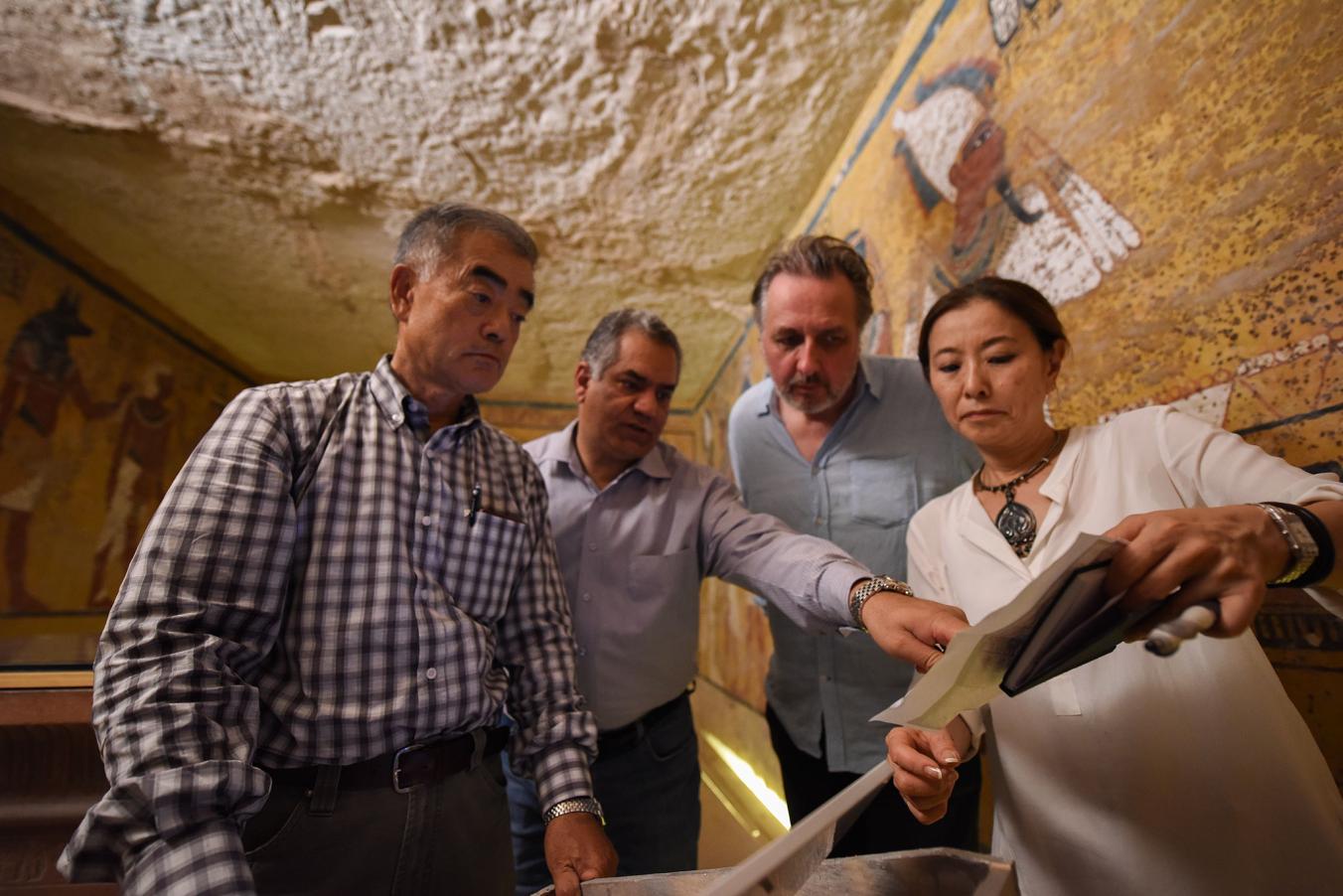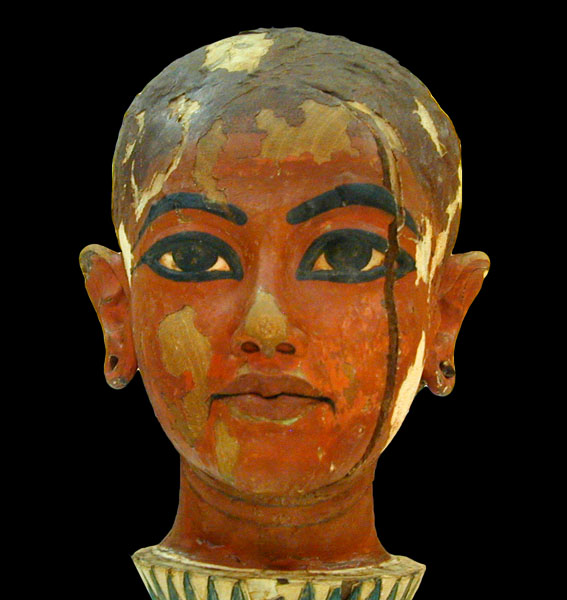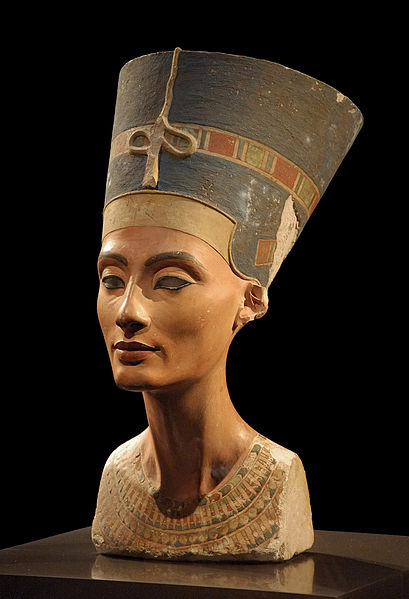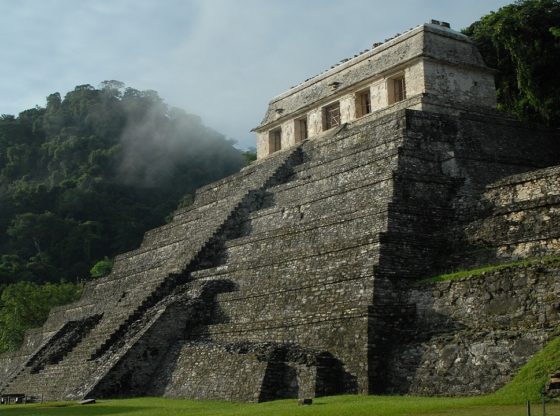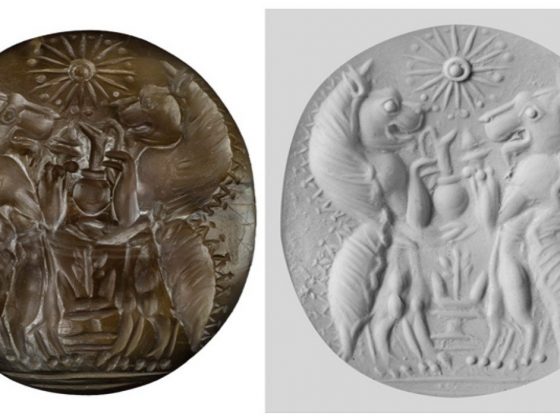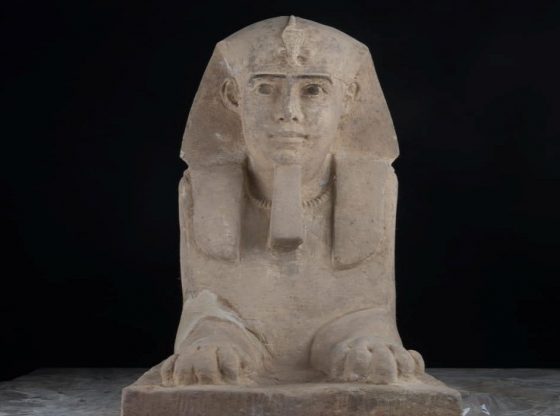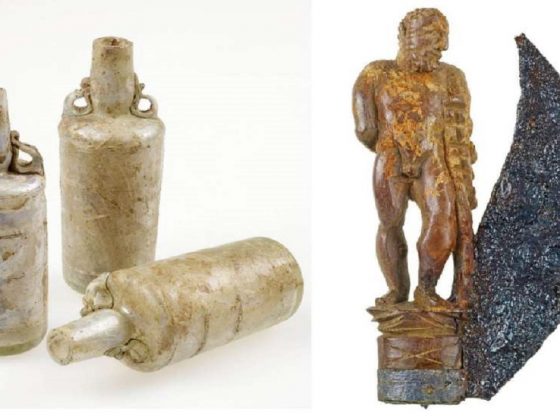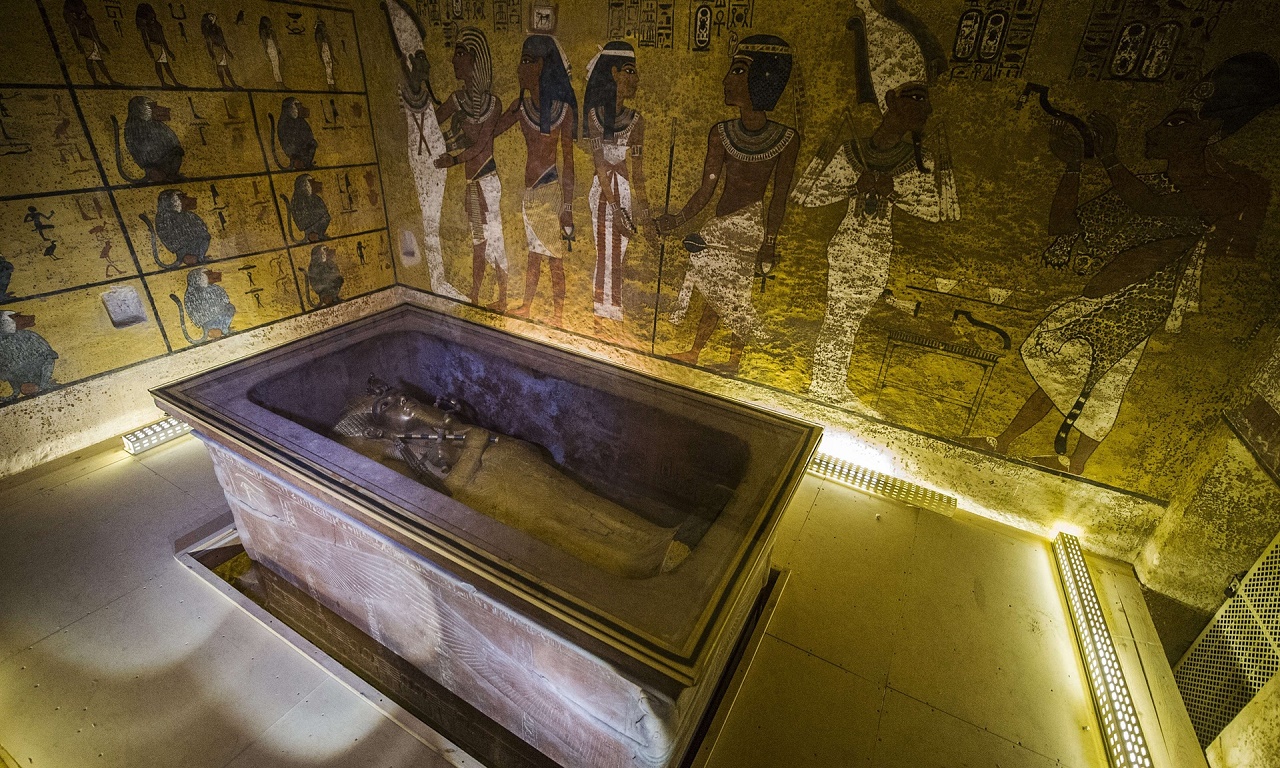
Researchers have examined what they believe is an unknown tomb found inside Tutankhamen’s tomb. They believe that have finally found the tomb of ancient Egypt’s queen Nefertiti.
Nefertiti is certainly among the most famous of the rulers in Ancient Egypt. But the fact that the discovery her tomb has eluded archaeologists for such a long time, is one of the bigger mysteries of ancient Egypt archaeology.
Archaeologist Nickolas Reeves and his team have used a special radar to examine the wall of the tomb of Tutankhamen, behind which it is suspected that there is another, hidden, tomb.
And at a press conference in Egypt this week, the archaeologists presented the results of the research. Egypt’s minister of antiquities said that it is almost certain that there is a cavity behind a wall in the tomb of Tutankhamen.
New technology
The theory that there would be two additional rooms within the Egyptian pharaoh’s tomb was presented last year when Reeves studied a digital image of Tutankhamen’s tomb. Because of the tomb design, there were indications that there might be additional rooms.
Reeves then presented the hypothesis that the legendary Egyptian queen whose tomb is yet to be found would be buried there.
Using radar technology, the researchers have now investigated the closed room to assess if any hidden rooms exist. And this new technology allows scientists to do through examinations withing any physical interventions that would destroy the old graves.
Lasers, drones, and 3D technology present scientists with additional tools with the great archaeological potential to gather much more information.
Excitement Running High
Tutankhamen’s tomb in the Valley of the Kings in southern Egypt is one of history’s greatest archaeological findings. The discovery of the intact tomb in 1922 had a huge international impact and gave rise to Egypt fever in many parts of the world.
What indicates to be an inner chamber hidden behind Tutankhamen’s tomb, would support the theory that Tutankhamen’s tomb is actually an antechamber in the 3,300-year-old grave. And that much bigger ancient treasures await to be discovered.
A Small Tomb
The fact that Tutankhamun’s burial chamber is relatively small for a pharaoh, is something that has long baffled scientists, and would by itself indicate that the tomb, in fact, is built for a queen.
Tutankhamen died suddenly just 19 years old during the era of unrest and religious strife in the kingdom. This sudden death suggests that there was no time to build him a tomb.
Tutankhamen’s famous mask of solid gold preserved in the Egyptian Museum in Cairo. That mask has earrings and a beard that was glued on after the mask was made. This would support the theory that the mask was originally created for someone else but the boy king.
Nefertiti
Queen Nefertiti’s undiscovered mummy is a mystery that has made many archaeologists search for it for many centuries.
Nefertiti had a great political and religious influence in Ancient Egypt. Some believe her to be the mother of Tutankhamen, others believe that she took over after her husband Ankenathen and ruled the kingdom under the name Neferneferuaten.
Akhenaten and Nefertiti were responsible for the creation of a whole new religion which changed the ways of religion within Egypt. With her husband, she reigned at what was arguably the wealthiest period of Ancient Egyptian history.
What indicates her to have ruled after the death of her husband is the following inscription.
…The importance of the inscription from Dayr Abū Ḥinnis lies in the first part of the text. This inscription offers incontrovertible evidence that both Akhenaten and Nefertiti were still alive in the 16th year of his (ie. Akhenaten’s) reign and, more importantly, that they were still holding the same positions as at the start of their reign. This makes it necessary to rethink the final years of the Amarna Period.
This means that Nefertiti was alive in the second to last year of Akhenaten’s reign and that Akhenaten still ruled alone with his wife by his side.
The rule of the female Amarna pharaoh known as Neferneferuaten must be placed between the death of Akhenaten and the accession of Tutankhamun. This female pharaoh used the epithet ‘Effective for her husband’ in one of her cartouches, which means she was either Nefertiti or her daughter Meritaten (who was married to king Smenkhkare).
The data collected by the radar survey will now be analyzed more thoroughly, a job estimated to take about a month.

